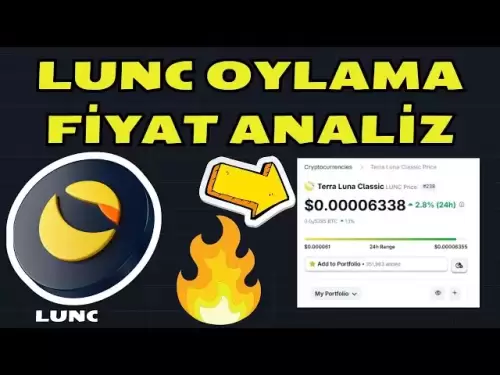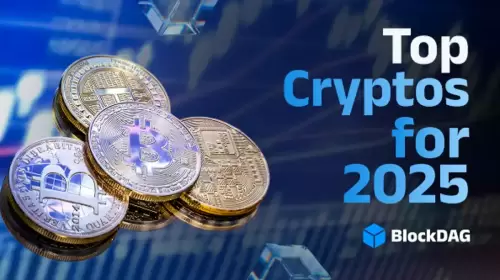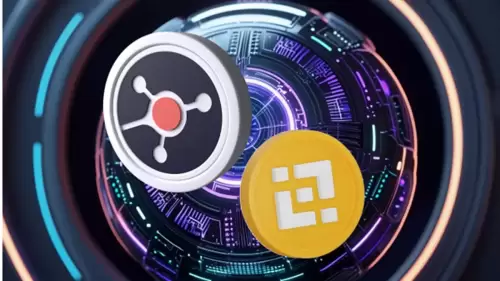 |
|
 |
|
 |
|
 |
|
 |
|
 |
|
 |
|
 |
|
 |
|
 |
|
 |
|
 |
|
 |
|
 |
|
 |
|
Cryptocurrency News Articles
Distinguishing Century-Old Coins from Fakes by Imaging Them with Beams of Low-Energy Neutrons
May 20, 2025 at 10:13 am
By imaging antique coins with beams of low-energy neutrons, a research team led by the US National Institute of Standards and Technology (NIST) has demonstrated a way to distinguish century-old coins from fakes.

A research team has devised a way to use beams of low-energy neutrons to distinguish antique coins from fakes.
The US–Korean researchers say that the technique could help to authenticate artefacts and provide information about their corrosion state.
Antique coins are valuable not only economically but also scientifically, as they can be used to chronicle the economic, political and scientific developments of nations.
However, scientists must be able to verify that the coins are authentic.
To this end, the team used neutrons to examine two Korean coins — one minted in the 1800s, the other a replica.
Neutrons penetrate heavy metals, such as copper, iron and lead, and interact strongly with hydrogen-bearing compounds that form as a by-product of corrosion. This makes them ideal for probing metallic artefacts.
The location and pattern of corrosion within the two coins, both composed of copper alloys, provide hallmarks for verifying their age.
The team employed two complementary imaging techniques. One of the methods, known as neutron tomography, uses a beam of neutrons to take a series of two-dimensional images of an object from different perspectives as the object rotates; these two-dimensional snapshots are then combined to reveal the three-dimensional structure of the coins. The other method, known as neutron grating interferometry, records neutrons scattered at small angles and homes in on microstructures, such as pitting and pores within the coins, that are signs of corrosion.
Neutron tomography revealed that in the authentic coin, corrosion had penetrated deep within the body, indicating that the degradation was a gradual process that occurred over many decades. In contrast, corrosion in the recently minted replica was mainly confined to the surface, consistent with rapid corrosion over a short time period.
The team also used neutron grating interferometry to examine the size of pores within the coins, which provided another method to distinguish between the historic coin and the fake. Pores are created when coins buried in soil or exposed to moisture chemically interact with their environment. The interaction causes metallic compounds to leach out of the coins, leaving behind millimetre-sized holes.
As time goes on, however, compounds in the environment begin to penetrate the coins. These compounds, which includes corrosion by-products such as copper carbonates, sulfates and chlorides, pack together and fill the pores, diminishing their size. Indeed, the imaging revealed that the historic coin, which was exposed to its environment for a much longer period of time, had much smaller pores — only micrometres to nanometres in size — compared to the millimetre-sized pores in the replica.
With their initial study now published in the journal Science Advances, the scientists plan to continue their work with a larger supply of Korean coins; it could also be applied to a broader range of metallic artefacts from a diversity of cultures. Neutron-imaging methods can also assist conservation efforts by determining the amount and locations of corrosion in authentic coins, suggesting areas that would benefit from a protective coating.
Disclaimer:info@kdj.com
The information provided is not trading advice. kdj.com does not assume any responsibility for any investments made based on the information provided in this article. Cryptocurrencies are highly volatile and it is highly recommended that you invest with caution after thorough research!
If you believe that the content used on this website infringes your copyright, please contact us immediately (info@kdj.com) and we will delete it promptly.






























































